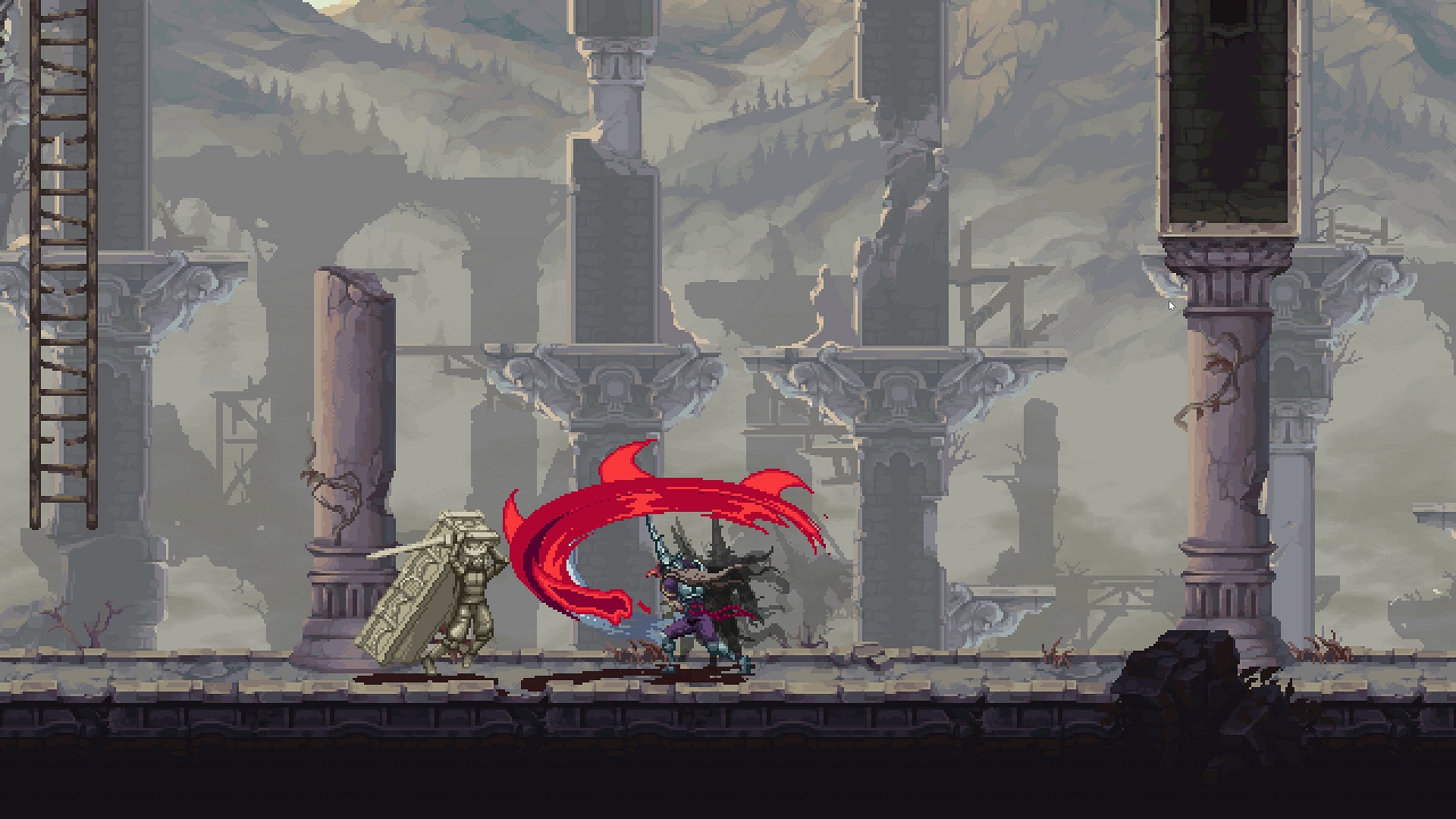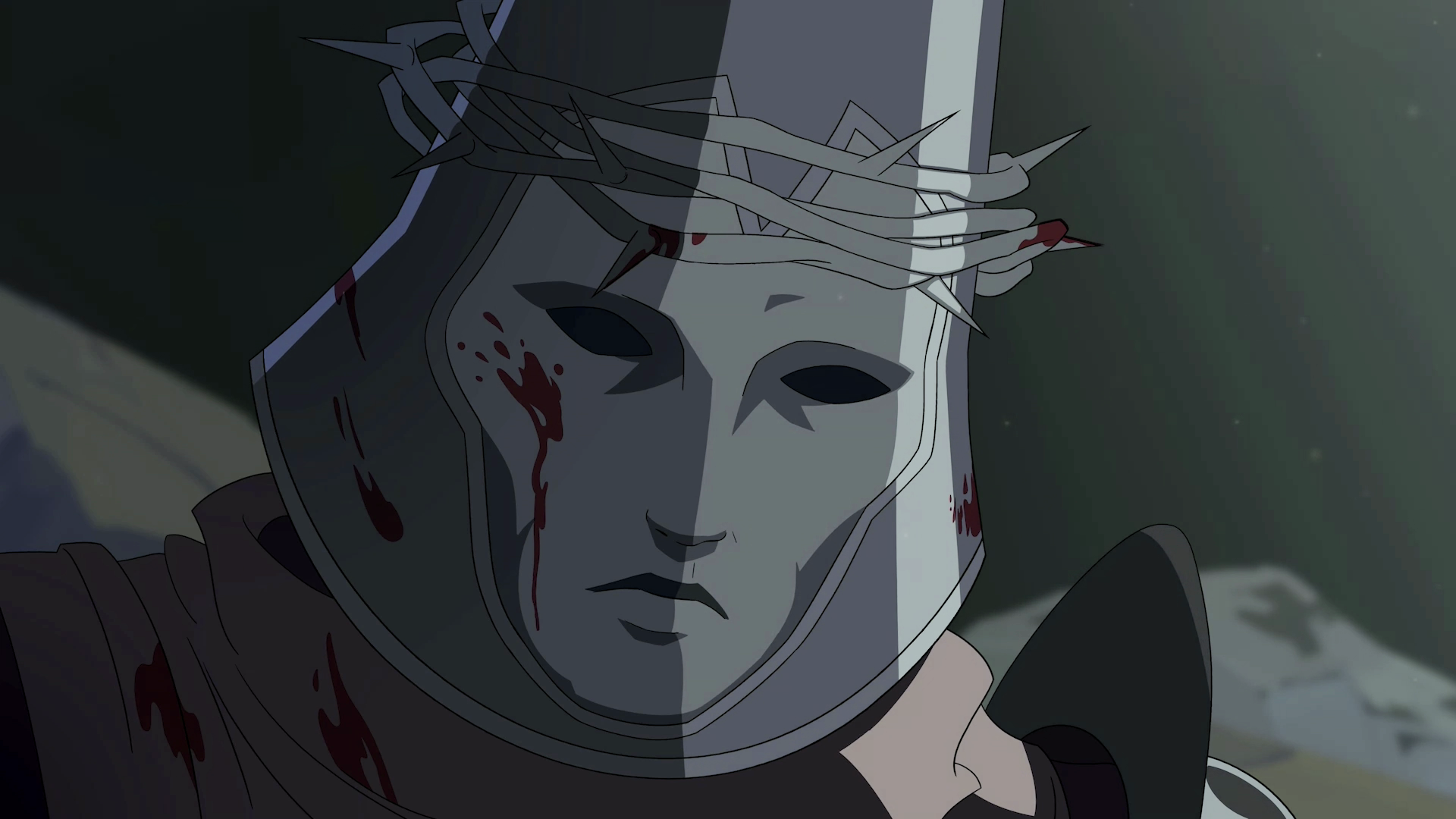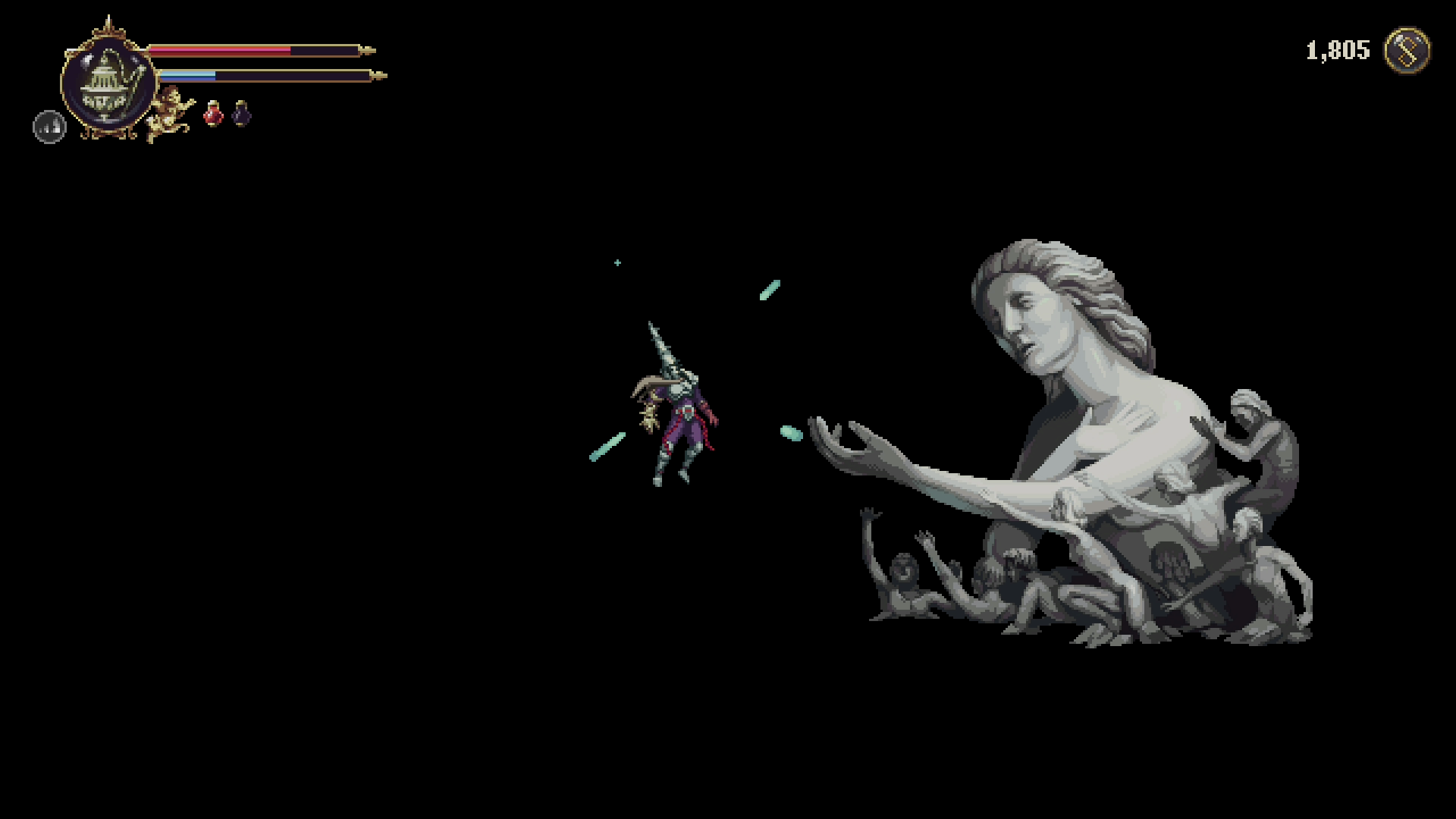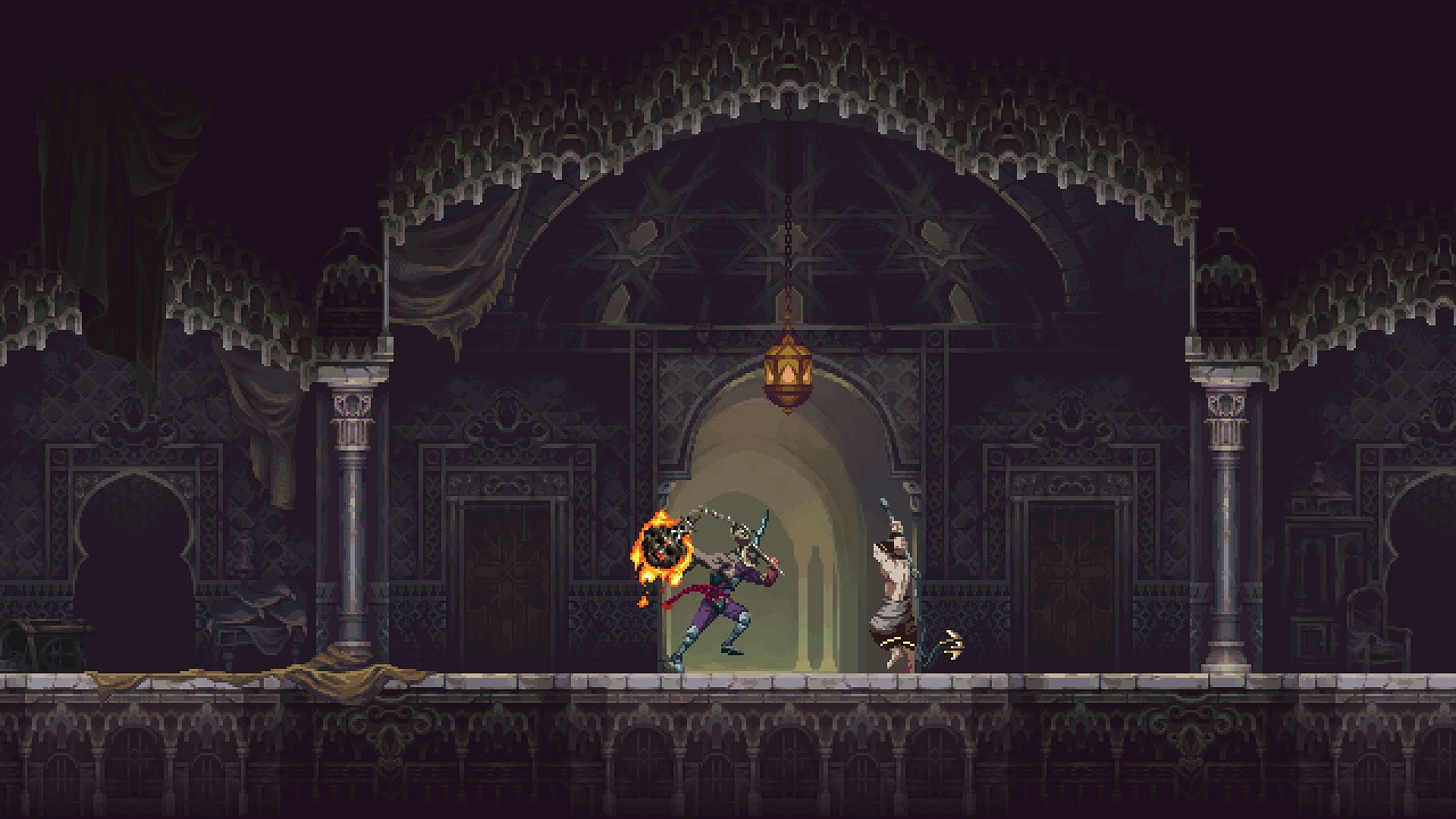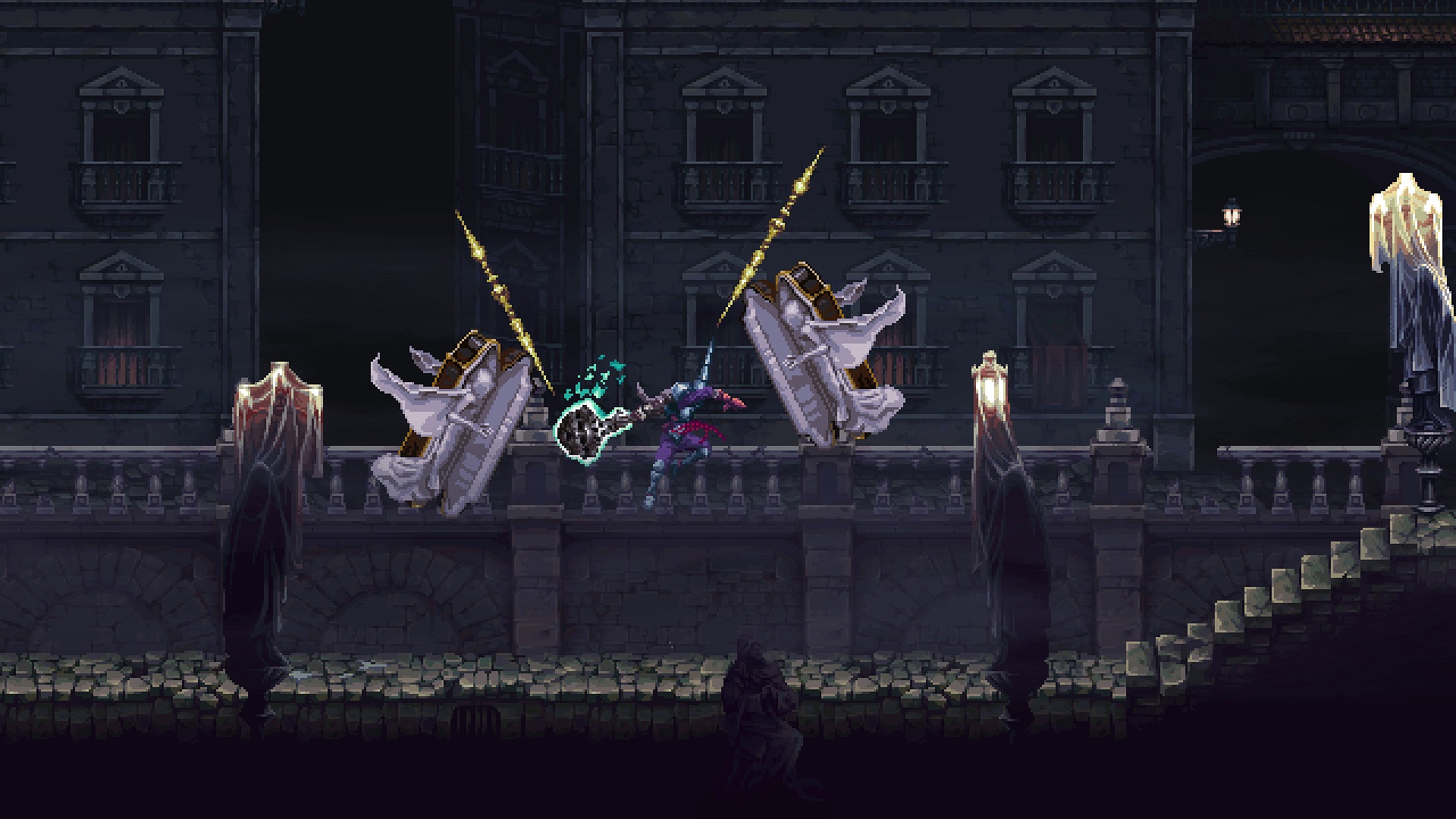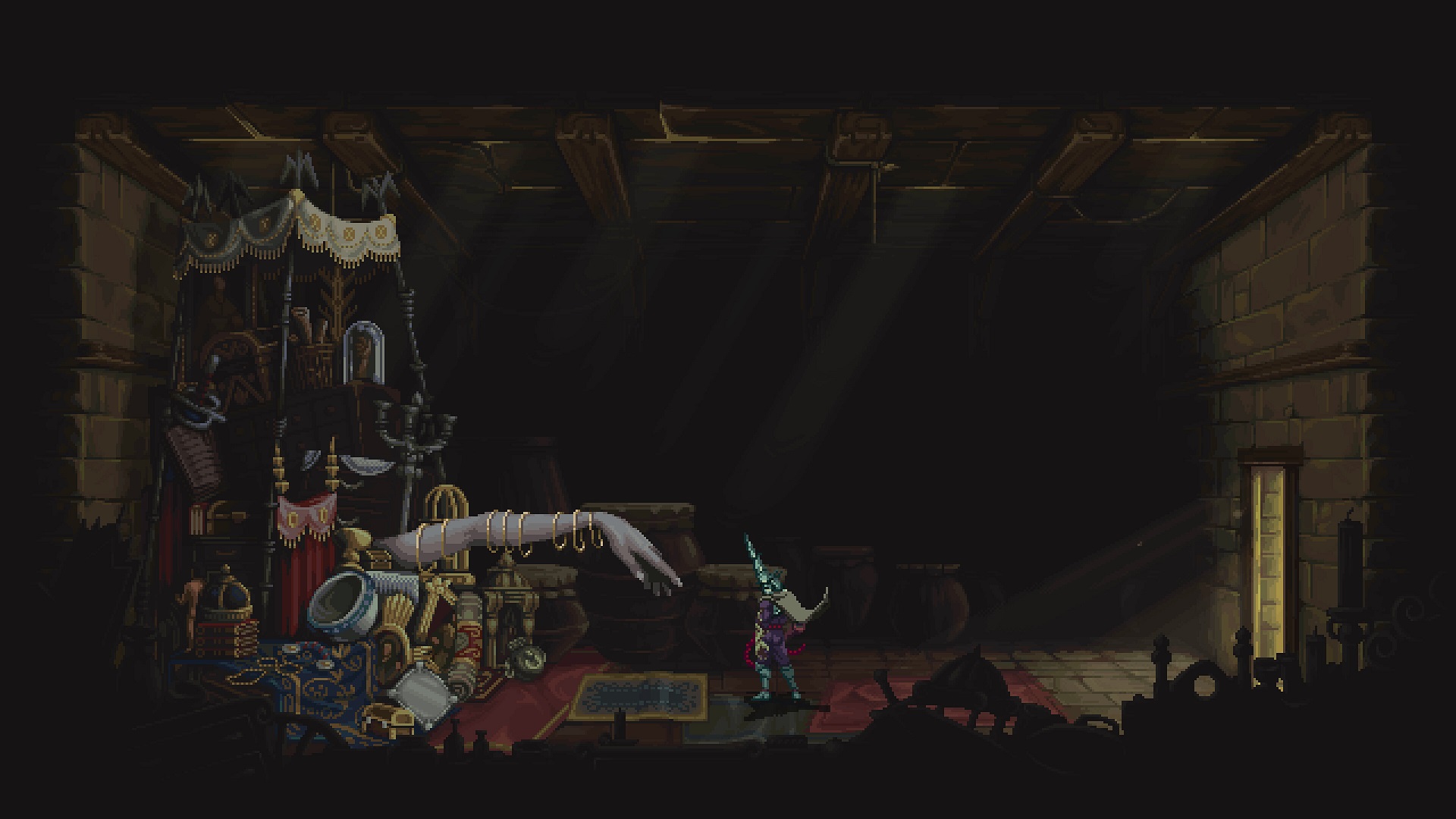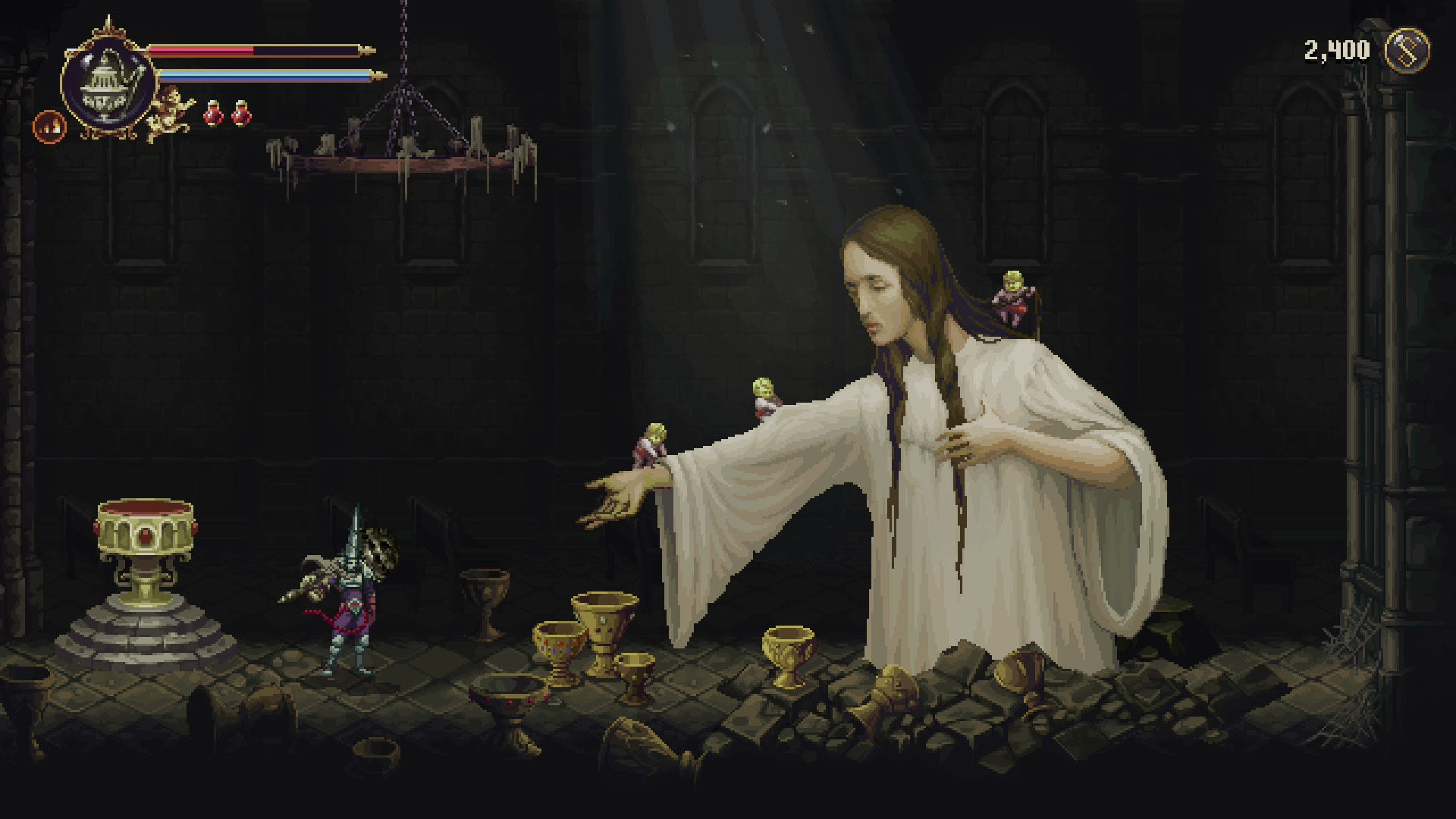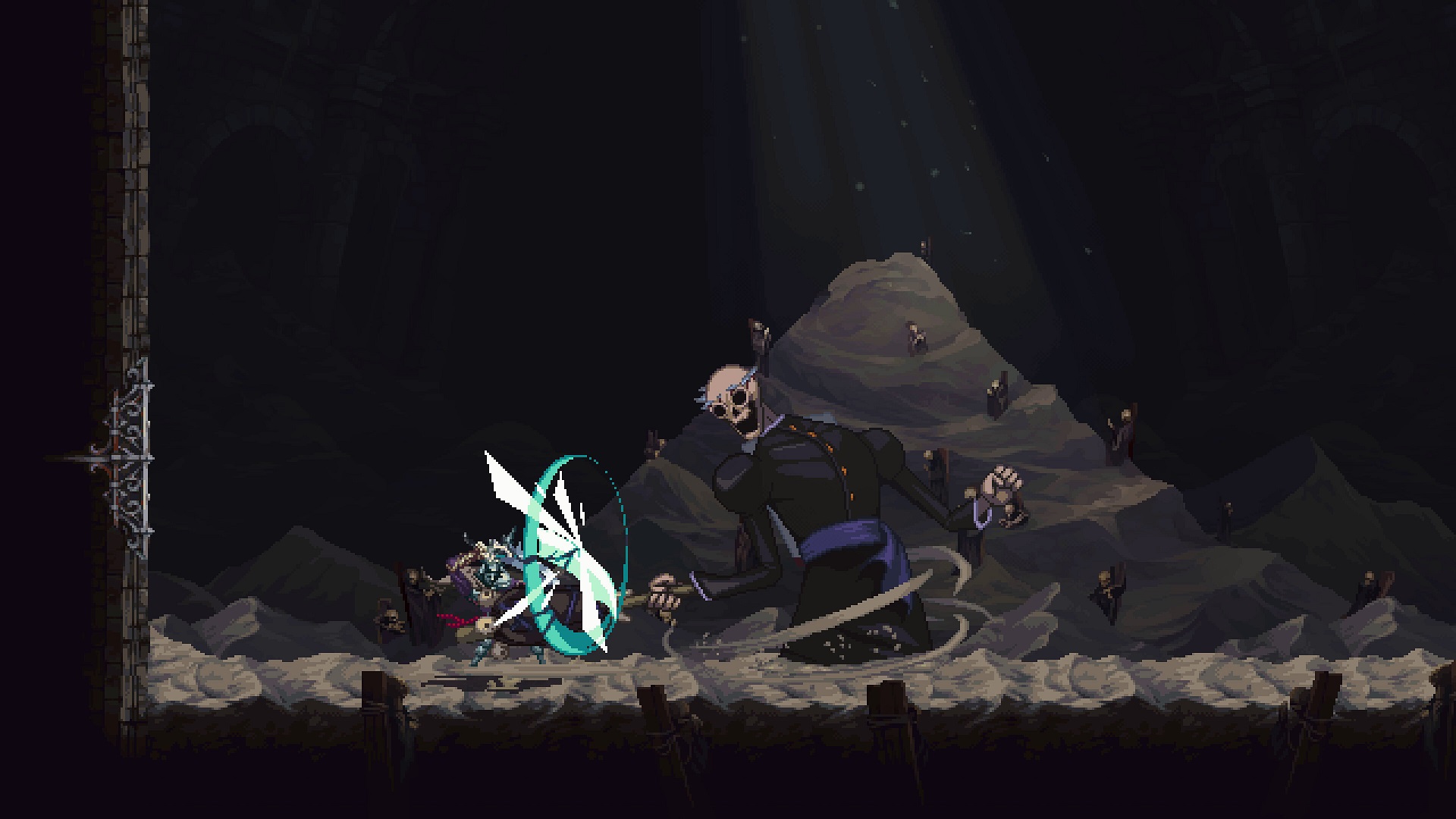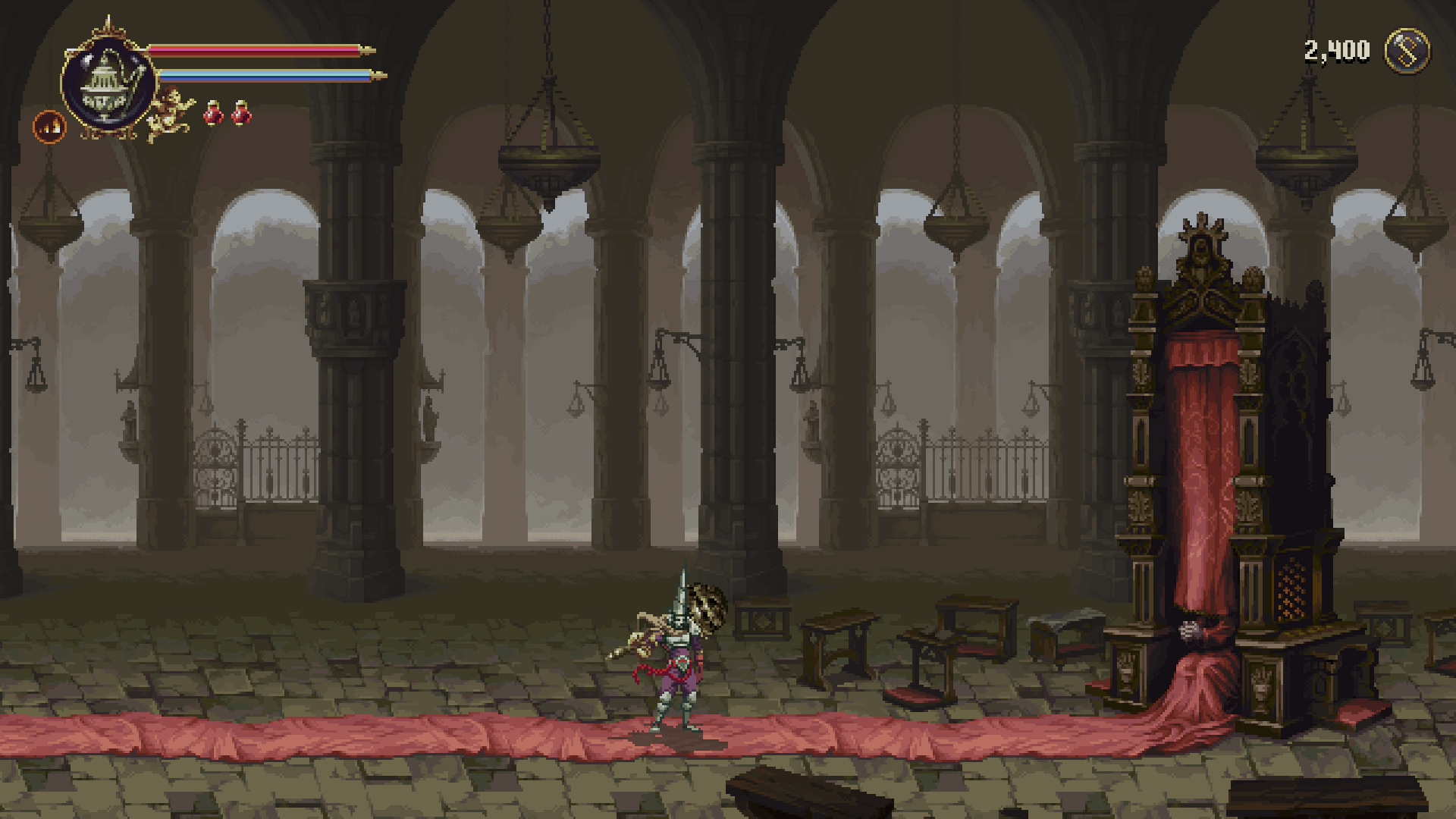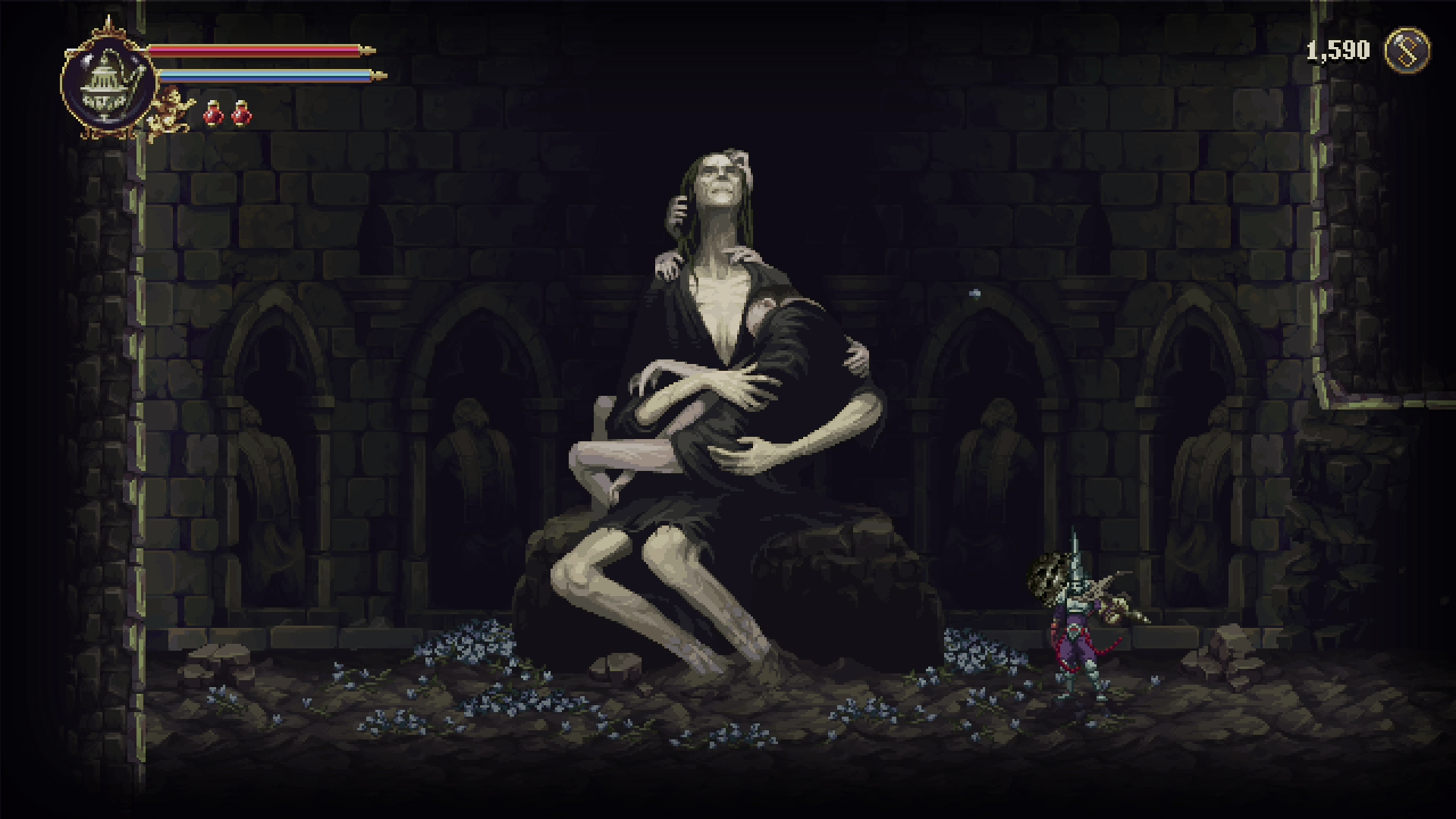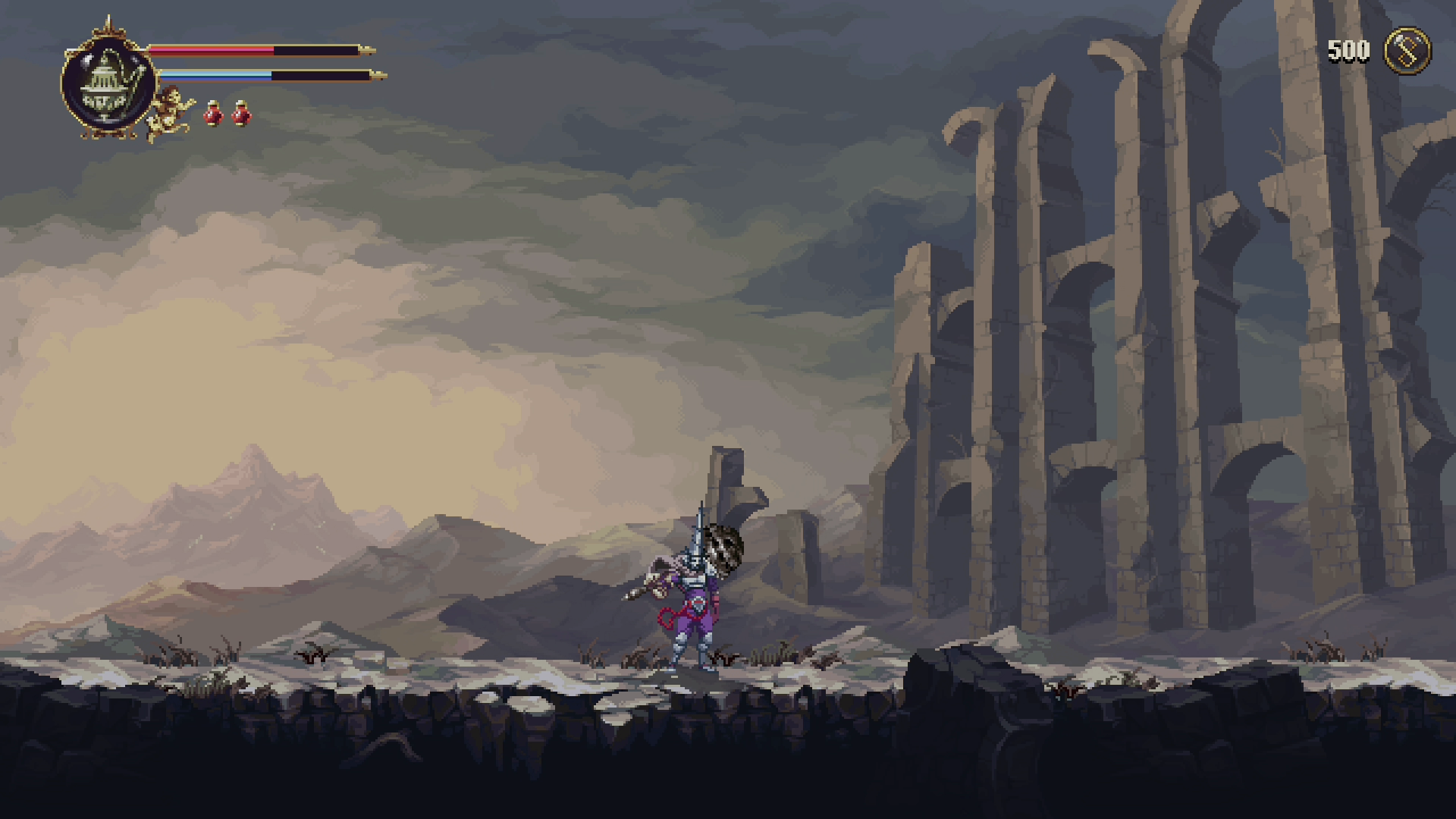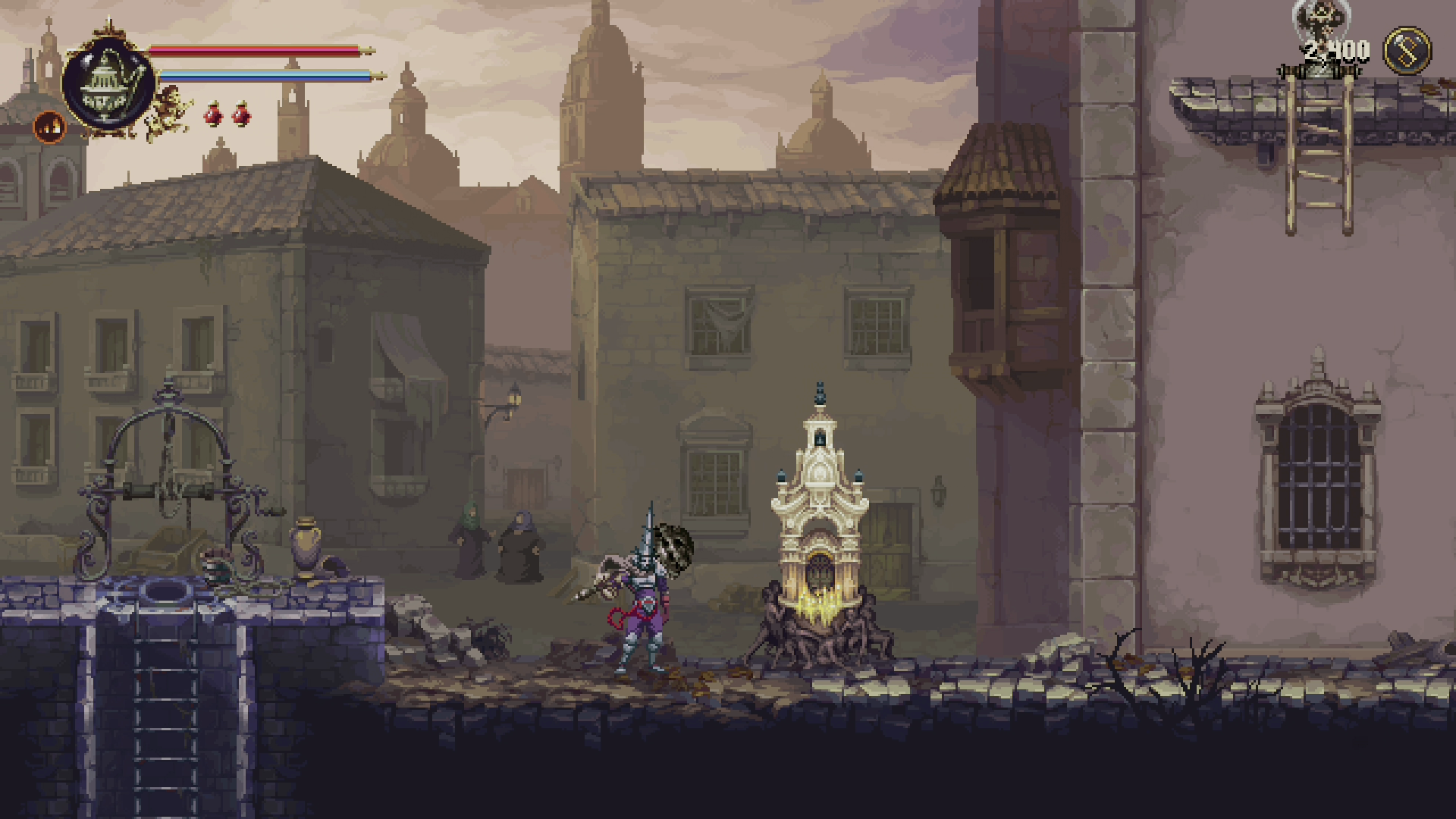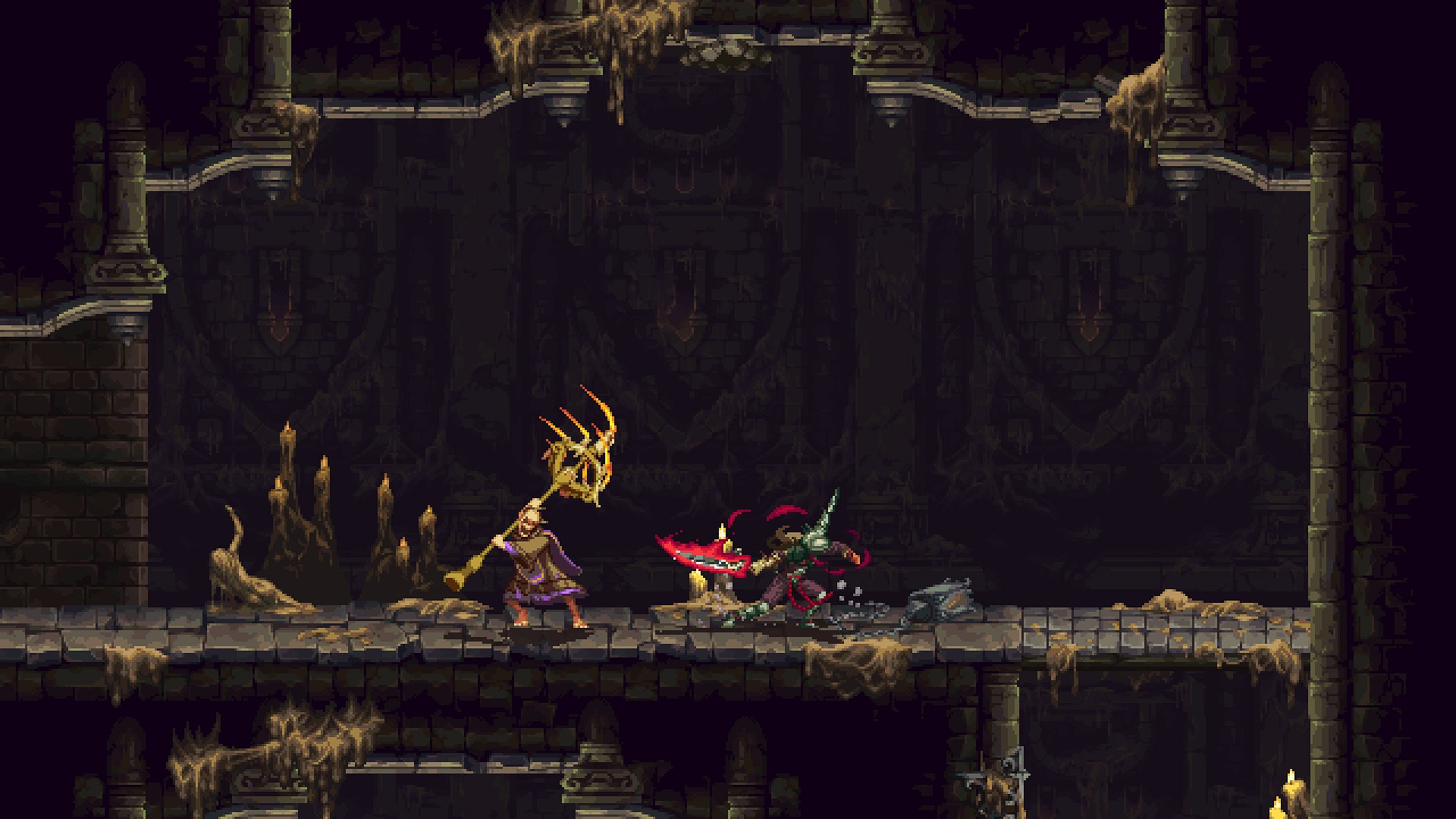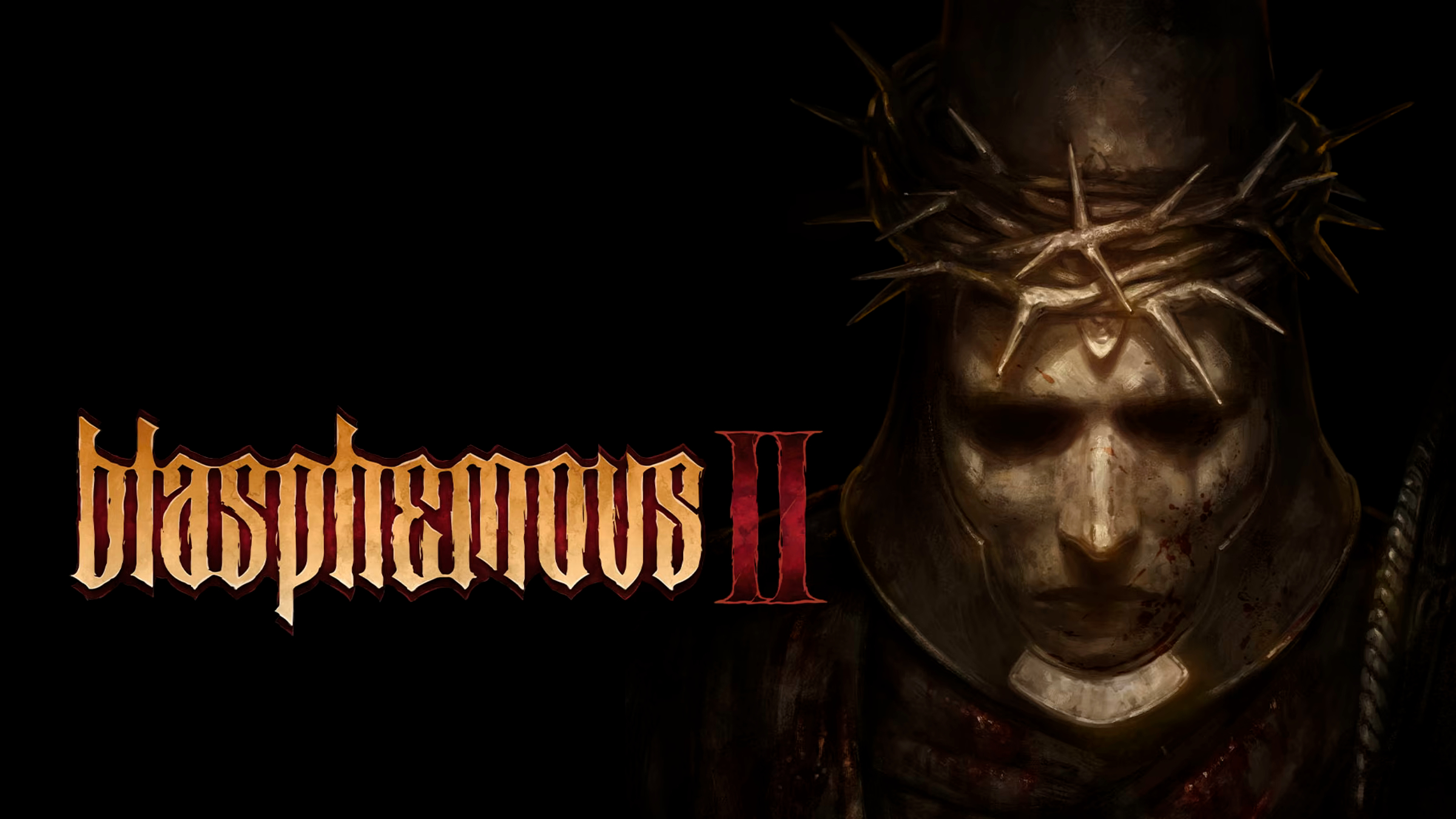
Blasphemous 1 took the world by storm. Not only is it one of the best 2D souls-likes to be made to this day, but it was also a looker of a game, infusing its expertly-crafted pixel art with grotesque imagery inspired by paintings from the romanticism era.
Blasphemous 2 has really big shoes to fill; not only does the game have to live up to an amazing art direction, but it also needs to deliver when it comes to the difficulty and satisfying progression that the previous game had.
After sinking roughly 30 hours into Blasphemous 2, I can safely say that I enjoyed it, but this praise doesn’t come without some caveats.
Blasphemous 2
Developer: The Game Kitchen
Publisher: Team17
Platforms: Nintendo Switch, PlayStation 5, Xbox Series X/S, Microsoft Windows (Reviewed)
Release Date: August 24, 2023
Players: 1
Price: $29.99
The first thing players will notice when playing Blasphemous 2 is just how much nicer everything looks. The game’s budget seems to have gone up, and it’s immediately reflected in every level and background. Calling the game gorgeous is an understatement.
The game has now replaced the rotoscoped pixel art cutscenes with full animation, in the same style that was used for Blasphemous 1‘s last update trailer, Wounds of Eventide. Even though these cutscenes don’t share the game’s pixel art style, they still blend in really nicely and are used effectively to accentuate certain story moments.
Blasphemous 2 also has a lot of voice-over in Spanish, which I enjoyed a lot more than the English voice-acting, despite having to rely on subtitles. I really wish there was a way to play the game in English with full Spanish voice-acting, because it’s superb.
The English voice-acting isn’t necessarily bad, but it does feature some wacky pronunciations of Spanish words, like the goddess Anunciada mispronouncing her own name when introducing herself.
The goddess Anunciada shows up throughout the game, giving much-needed guidance to the Penitent One. She stands atop a massive disembodied hand, surrounded by angels, and bathed in a golden light. This is one of the many designs in Blasphemous that manages to mix religious imagery with uncanny elements.
She first shows up right after the Penitent One wakes up, confirming that Blasphemous 1‘s ending C was the correct one, and giving us some insight on what we saw in the clouds at the end of the previous game.
Atop the clouds resides a massive heart, its heartbeat thundering right above the town of Cvstodia. This massive heart is the Miracle’s latest attempt at birthing a son, which will bring another cycle of the Miracle to the world.
The Miracle, for those unfamiliar, is a supernatural force that has a strong grasp in the world of Blasphemous, it is essentially a twisted version of religion, taking people’s faith and supplications and twisting these wishes into curses.
The game’s lore is delivered in a very cryptic manner, but Blasphemous 2 is somewhat easier to follow than the first game. You definitely won’t have the full picture until you scrub every bit of lore and item description, but the game feeds you the important details.
The Penitent One gets some one-on-one time with each major boss after defeating them, and these conversations help to establish either the boss’ backstory or give some more information on what the Miracle is trying to accomplish this time.
In the previous game, the Penitent One wielded his trusty sword called Mea Culpa, latin for “My Guilt”, or “My Fault”. In Blasphemous 2, the player is given three weapons to choose from. Each weapon has its own strengths and weaknesses and can also serve to clear specific obstacles.
The sword, Ruego al Alba, is the balanced weapon of choice and can burn down wooden barricades with a flaming downward swing. The mace, Veredicto, deals an absurd amount of damage and can ring bells that make certain platforms materialize, while the dual rapiers, Sarmiento and Centella, hit very fast and can teleport the Penitent One through mirrors.
These obstacles can be found really early in the game, and your weapon of choice means you’ll have access to certain items earlier. It’s not a big deal, though, since you can collect all weapons eventually.
Unfortunately, none of the weapons seem to really catch up with the hammer. The hammer is obscenely strong, to the point where it can almost skip some boss phases, so you really wouldn’t even have the need to switch if the game didn’t require you to use other weapons to solve puzzles.
The only downside to the hammer is that it can’t parry, but considering how you get a slide, double jump, and air dash in this game, there are quite a few ways to dodge enemies and not have to deal with parrying attacks.
I appreciate the expanded arsenal of the Penitent One in this game, but I do feel like it lacks significance. The sword in the previous game was a physical embodiment of guilt and penitence, and while I do like the new weapons, they don’t have a lot of meaning to them.
One thing that I do enjoy is how the Penitent One can increase his strength by carrying heavier burdens, placing statues in a small chapel held up by a harness on his back. Each statue has different effects, and they help contextualize the theme of penitence that the main character is meant to embody. He does get stronger, but it also means his burden increases.
The statue system works really well to let you specialize in your weapon of choice. There are different categories of statues, and you can get some really beneficial effects from them. This system, combined with the rosary beads, can make the Penitent One a force to be reckoned with.
The game also contextualizes this system with the sculptor Montañés, who provides you with assistance when it comes to the statues. He’s the closest thing we have to a blacksmith in this game, and your interactions make you feel for the character, as he is also a victim of the Miracle.
The Miracle’s reach in the world of Blasphemous is insane; almost every character you interact with has been tasked with something unreasonable or been permanently deformed by the Miracle.
Blasphemous 2 has no shortage of grotesque imagery, as it hits a very specific note with all of its religious-inspired designs, managing to create some haunting sights, like the woman whose blood fills our healing vials, who progressively gets more flayed as we upgrade our health and healing.
One thing that does bother me is how almost all of these fantastic designs have been reserved for the game’s NPCs, and barely any for the bosses. Blasphemous 2‘s bosses are not badly designed, but a lot of them are lacking.
I have a feeling that a lot of the game’s bosses have been simplified due to feedback on the previous game, as some bosses were visually striking, like Esposito, but felt terrible to fight against. I do wish that there was a middle ground that could be found, but maybe we got the best outcome.
Blasphemous 1 in general had some rough difficulty spikes, mostly due to the awkward platforming and some bosses having been given priority to their design rather than their gameplay. I don’t know how intentional a lot of the previous game’s difficulty was, but Blasphemous 2 was really toned down.
It honestly becomes hard to classify Blasphemous 2 as a souls-like, due to how easy it was at points. The game is of above-average difficulty as far as Metroidvanias go, but I’m not sure how comfortable I am calling this a souls-like anymore.
Blasphemous 1 bordered on masochistic at times, but it always managed to keep you entertained, even if it was through rage sometimes. The previous game’s areas really felt like a challenge to be conquered, whereas the areas in Blasphemous 2 can be breezed through without much thought.
The areas in the previous game largely felt like that because of some balancing issues and awkward platforming, and while Blasphemous 2 definitely improves upon these aspects, I still wish that the areas were at least hard.
The game is also missing the harder difficulty options present in the first game, which were unlocked after beating it. They felt like overkill in Blasphemous 1, but would be welcomed in the sequel.
Despite lacking in difficulty, the game’s areas are pretty fun to go through. Not only are they filled with secrets and platforming challenges, but they are also gorgeous to look at.
A few areas on Blasphemous 2 just feel like the developers flexing their level-making skills, especially an area later in the game that has a mirror version of itself underwater. The game seamlessly lets you travel between both parts on one cohesive map made up of two inverted locations.
There were quite a few moments where I just stood around in awe at how detailed this game is. It’s a bit of a blur the first time you are going through an area, mostly because the levels are packed with enemies, but you really learn to appreciate these levels when revisiting them.
As you encounter increasingly grotesque enemies and characters, Blasphemous 2‘s soundtrack remains in the background, a melancholic melody accentuating your pilgrimage, always present to set the tone of the game’s beautiful stages.
A lot of games have catchy music, but Blasphemous 2‘s soundtrack really feels like music for the soul; it features beautiful and haunting tracks in equal measure, which further elevate an already visually impressive title with a score that perfectly accentuates the entire experience.
Going through the game’s areas with the fantastic work of Carlos Viola playing in the background is an excellent experience, and I urge everyone to listen to the game’s soundtrack, as it really is a unique work of art.
Blasphemous 2 improves upon the first game in every possible aspect, but it just lacks the weight that its predecessor had. The first game had a much more grandiose feel to it, and while some of its flaws came from attempting too much, it was still an enjoyable experience.
Even though Blasphemous 2 doesn’t exactly meet my own expectations as a souls-like, I do have to give it props for being a fantastic Metroidvania. The game’s progression is quite satisfying, and the game is completely free of padding or meandering, despite being 20–25 hours long.
Blasphemous 2‘s controls alone are worthy of praise, as the game is beyond tight. The previous game wasn’t unplayable, but the sequel improves upon the gameplay so much that it feels like night and day.
I am close to uncovering 100% of the map, with just a few collectibles missing, and I really feel like going back to the game. There was never a dull moment, and I hope that if we do get some DLC, it matches up with the difficulty in the game’s last area.
Blasphemous 2‘s last area is where the game’s gloves really come off, as it features some really tight platforming challenges and the game’s hardest boss fight. It’s just a shame that there wasn’t more of this throughout the game.
It could just be that I’m masochistic and want some of the unreasonable difficulty present in the previous game to return, though. Even if it doesn’t scratch the itch the previous game placed in me, I do recommend Blasphemous 2, possibly more than the first one, as it’s a very polished and enjoyable experience.
Blasphemous 2 was reviewed on Microsoft Windows using a game code provided by Team17. You can find additional information about Niche Gamer’s review/ethics policy here. Blasphemous 2 is available on Nintendo Switch, PlayStation 5, Xbox Series X/S, and Microsoft Windows (through Steam).
